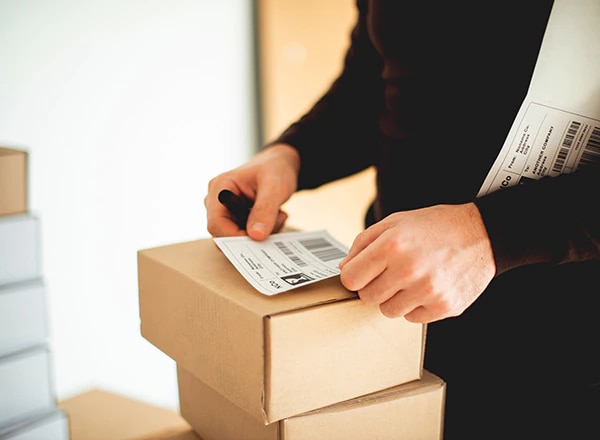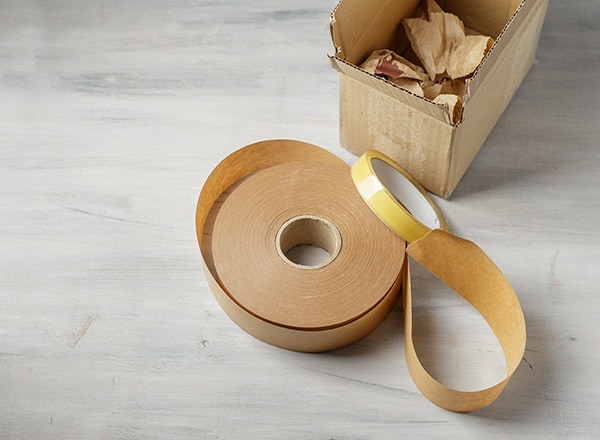As a business owner, you know you need to get your products into the hands of your customers. But have you ever thought about the environmental consequences of the shipping and delivery process alone?
As one report explains , the impact is difficult to pin down to a specific metric. However, consider that UPS alone delivered over 21 million packages every day in the second quarter of 2020. Clearly, it’s safe to say that shipping plays a major role in the well-being of our environment.
The good news is that sustainability is becoming more of a focus for both business owners and consumers. In one survey, 66% of entrepreneurs agreed that running an environmentally sustainable business was important to them. A separate study found that a whopping 77% of Americans are concerned about the environmental impact of the products they buy.











